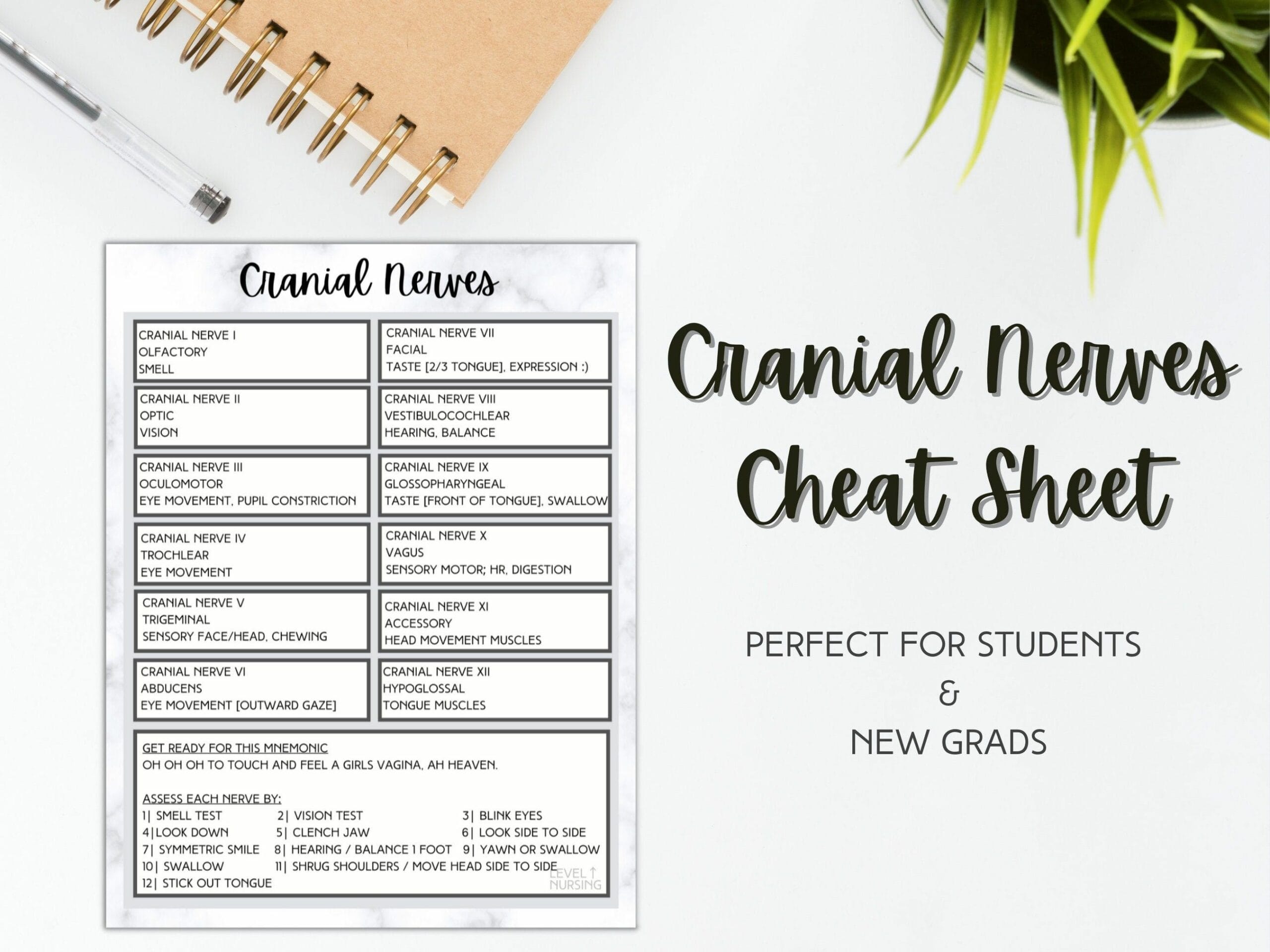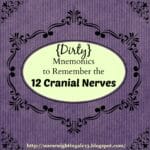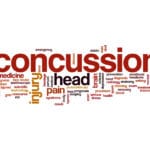Learning the twelve cranial nerves can feel like scaling Mount Everest. But fear not, future healthcare professionals! This comprehensive guide explores effective memorization techniques, including mnemonics—those ingenious memory aids that can transform the seemingly insurmountable into something almost fun. We’ll delve into both the squeaky-clean and the slightly risqué options.
Conquer Cranial Nerves: Effective Mnemonics for All Learning Styles
Before we dive into the mnemonics, let’s quickly understand what cranial nerves are. These twelve pairs of nerves emerge directly from the brain, acting as its vital communication lines with the rest of the body. They control everything from sensory input (like sight and smell) to motor output (like facial expressions and swallowing). Mastering their names and functions is essential for medical and healthcare professionals.
Why Mnemonics Work: The Neuroscience of Memory
Our brains love patterns and associations. Mnemonics exploit this, transforming complex information into memorable chunks. Whether it’s a catchy rhyme, a vivid image, or a bizarre story, mnemonics help your brain create stronger neural pathways for easier recall.
The Power of “Clean” Cranial Nerve Mnemonics
Let’s start with the family-friendly options. These mnemonics use creative wordplay and imagery without resorting to potentially offensive language. They are suitable for all audiences and contexts.
“Oh, Oh, Oh, To Touch And Feel Very Good Velvet, AH!” This classic uses the first letter of each nerve’s name.
“Some Say Marry Money, But My Brother Says Big Brains Matter More”: This mnemonic doesn’t just provide the names but also helps students remember if the nerve is Sensory (S), Motor (M), or Both (B).
DIY Mnemonic Power: Craft your own! Think of it as a personalized memory trick. Use silly pictures, an absurd story—anything that makes it memorable for you.
Exploring “Not-So-Clean” Mnemonics: Ethical Considerations and Alternatives
Many students use mnemonics that employ stronger language for better memorability. While potentially effective due to their shock value, these raise ethical questions. They may be unsuitable for professional settings or for some learners.
Let’s be clear: We’re not endorsing offensive language. Instead, we’re acknowledging their existence and discussing responsible alternatives. The effectiveness of these mnemonics is often debated, with some research suggesting that their memorability may be offset by their potential to be distracting or even counterproductive due to a negative association.
If you’re aiming for the risqué route, prioritize creativity. Try using puns, alliteration, or even absurd imagery in a way that’s memorable without being offensive. If such attempts seem difficult, a clean mnemonic is just as effective and perfectly acceptable.
Beyond Acronyms: Boosting Your Cranial Nerve Knowledge
While acronyms form the foundation of many mnemonics, let’s explore other learning techniques you can combine for optimal retention:
Visual Learners: Utilize clear diagrams, labeled charts, and even create your own colorful flashcards.
Auditory Learners: Record yourself reciting the mnemonics and play them back. Incorporate them into auditory learning techniques, like listening to them while exercising or relaxing. Singing the mnemonic to a tune might also prove helpful.
Kinesthetic Learners: Write the mnemonics repeatedly, use hand gestures while reciting them, or even act out the functions of each nerve.
Table 1: Cranial Nerves, Functions, and Sensory/Motor Classification
| Nerve | Roman Numeral | Name | Function (Simplified) | Sensory (S), Motor (M), or Both (B) | Mnemonic (Parts) |
|---|---|---|---|---|---|
| I | I | Olfactory | Smell | S | On |
| II | II | Optic | Vision | S | Old |
| III | III | Oculomotor | Eye movement, pupil constriction | M | Olympus |
| IV | IV | Trochlear | Eye movement | M | Towering |
| V | V | Trigeminal | Facial sensation, chewing | B | Tops |
| VI | VI | Abducens | Eye movement | M | A |
| VII | VII | Facial | Facial expression, taste | B | Finn |
| VIII | VIII | Vestibulocochlear | Hearing, balance | S | And |
| IX | IX | Glossopharyngeal | Swallowing, taste | B | German |
| X | X | Vagus | Heart rate, digestion, swallowing | B | Viewed |
| XI | XI | Accessory | Neck and shoulder movement | M | Some |
| XII | XII | Hypoglossal | Tongue movement | M | Hops |
Crafting Your Personalized Memorization Strategy
The most effective mnemonic is the one you find most memorable and engaging. Experiment! Try different approaches, combine techniques, and refine your strategy over time. Regularly quiz yourself and engage in active recall to solidify your knowledge.
Long-Term Retention: Beyond the Initial Memorization
While mnemonics are invaluable for initial learning, long-term retention necessitates ongoing review and application. Use spaced repetition techniques: review the information at increasing intervals to strengthen memory consolidation. Incorporate the information you’ve learned from mnemonics into active recall exercises, such as flashcards and practice quizzes, to actively test and reinforce your knowledge.
By combining mnemonics with other learning strategies and consistent review, you can conquer the cranial nerves and confidently apply your knowledge in any setting. Remember, the goal is not just memorization, but a deep understanding of their function to aid in clinical practice.
- China II Review: Delicious Food & Speedy Service - April 17, 2025
- Understand Virginia’s Flag: History & Debate - April 17, 2025
- Explore Long Island’s Map: Unique Regions & Insights - April 17, 2025

















1 thought on “Mastering Cranial Nerves: Clean & Dirty Mnemonics Compared”
Comments are closed.